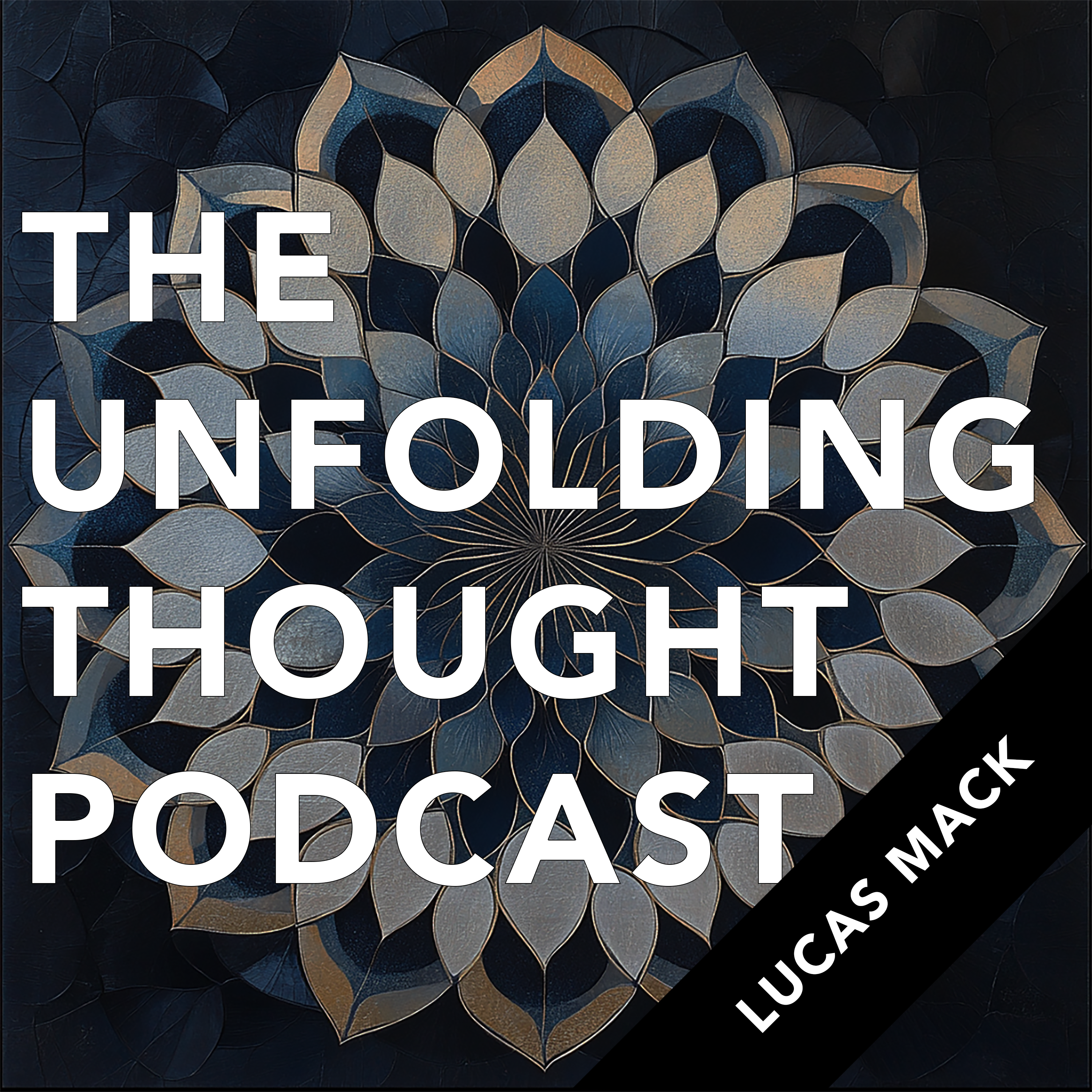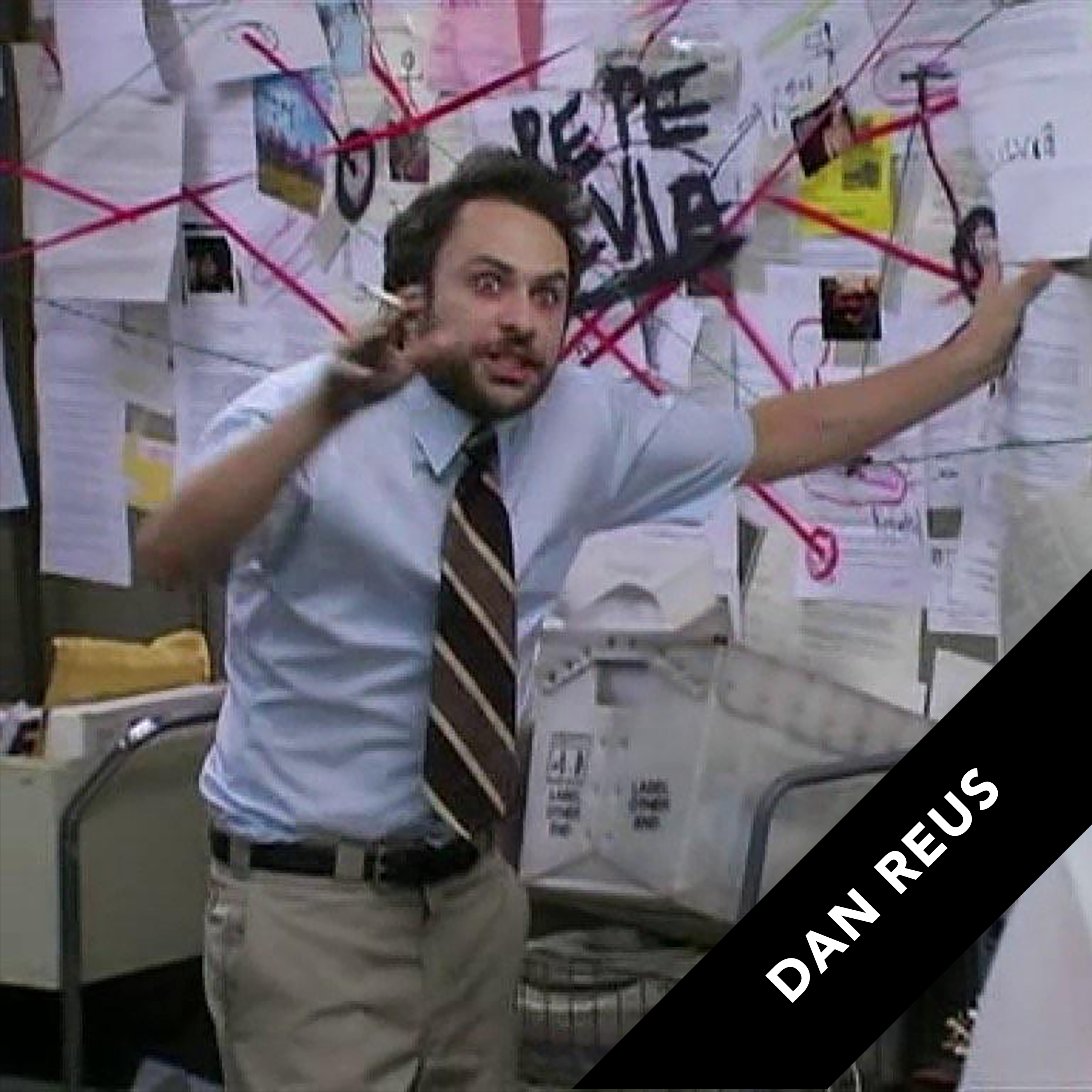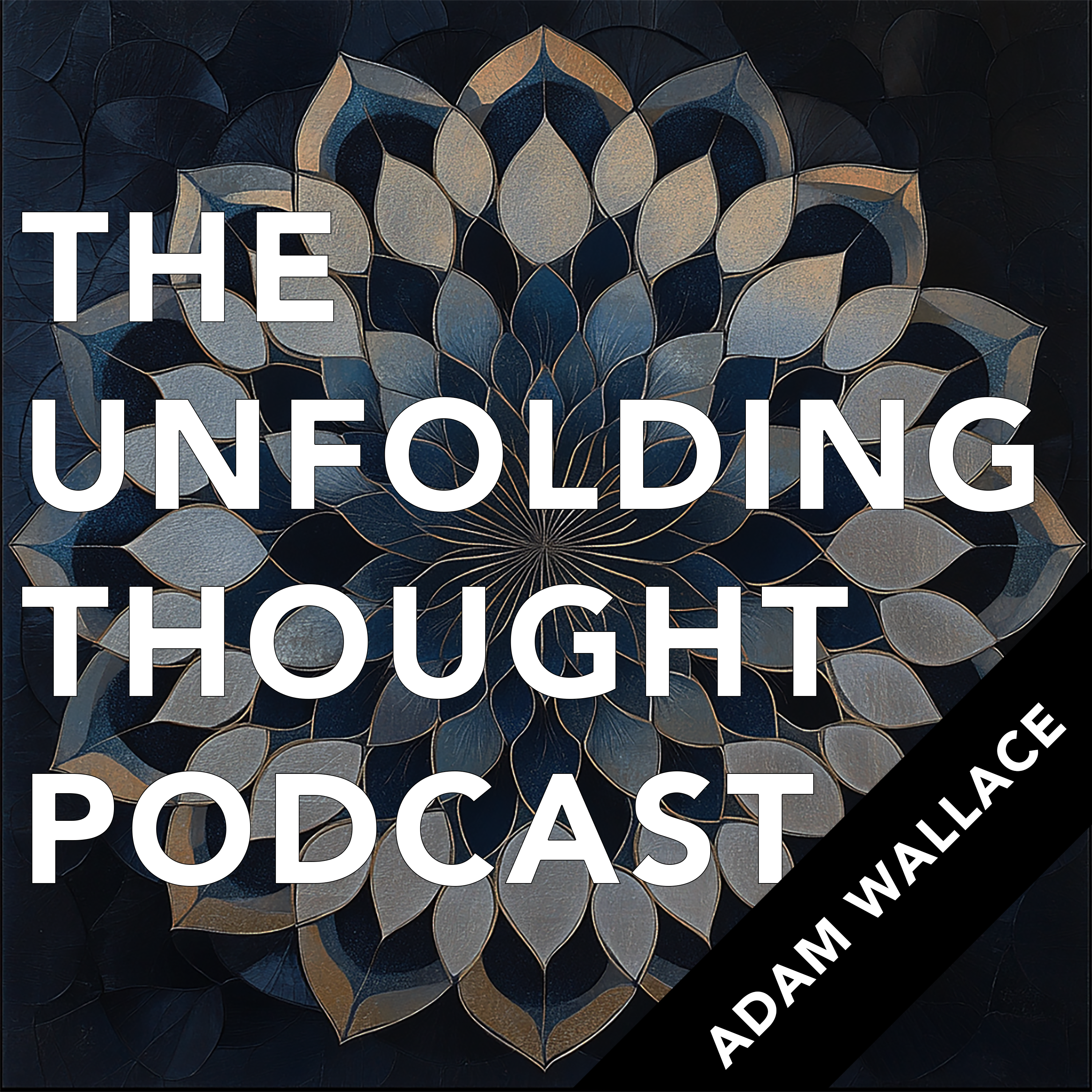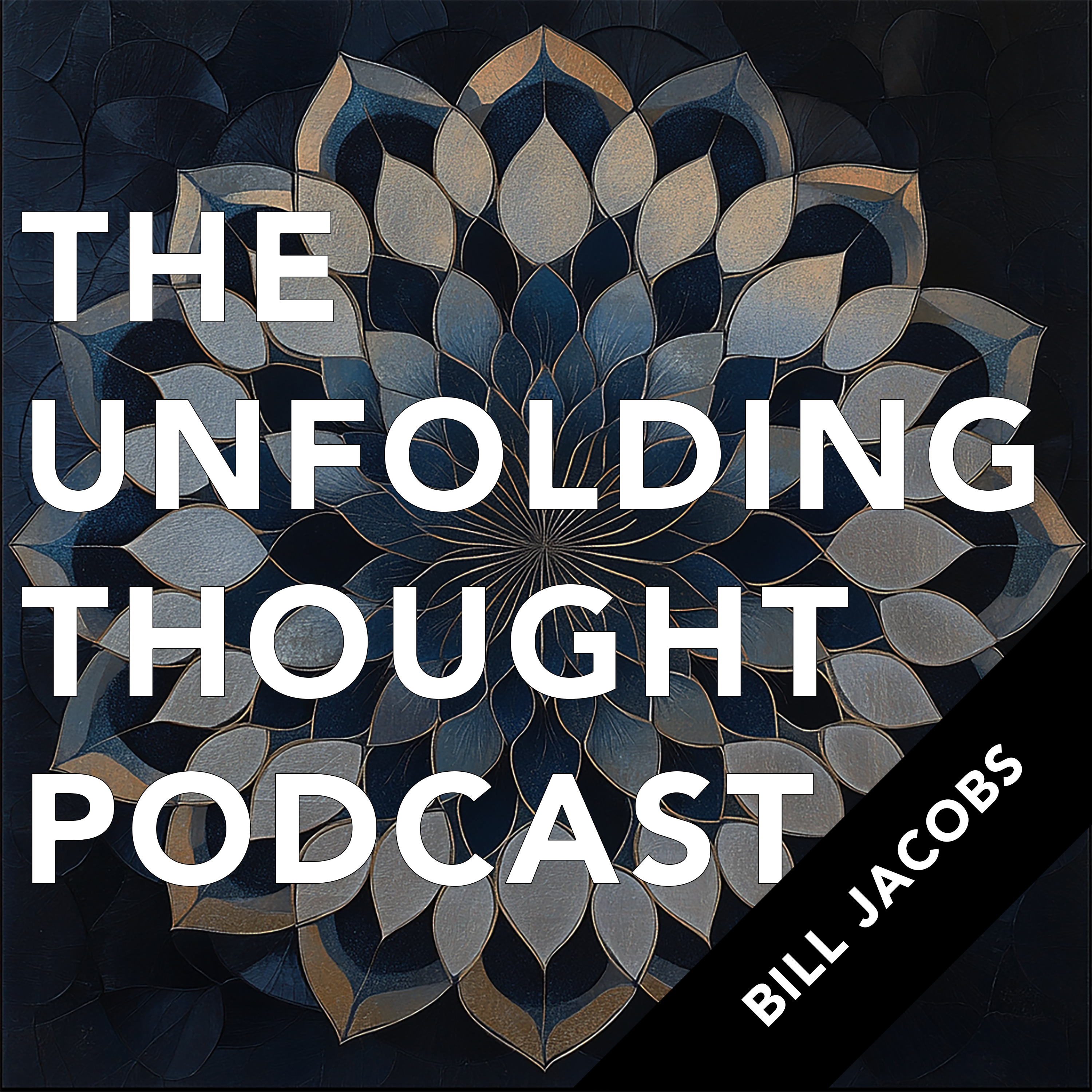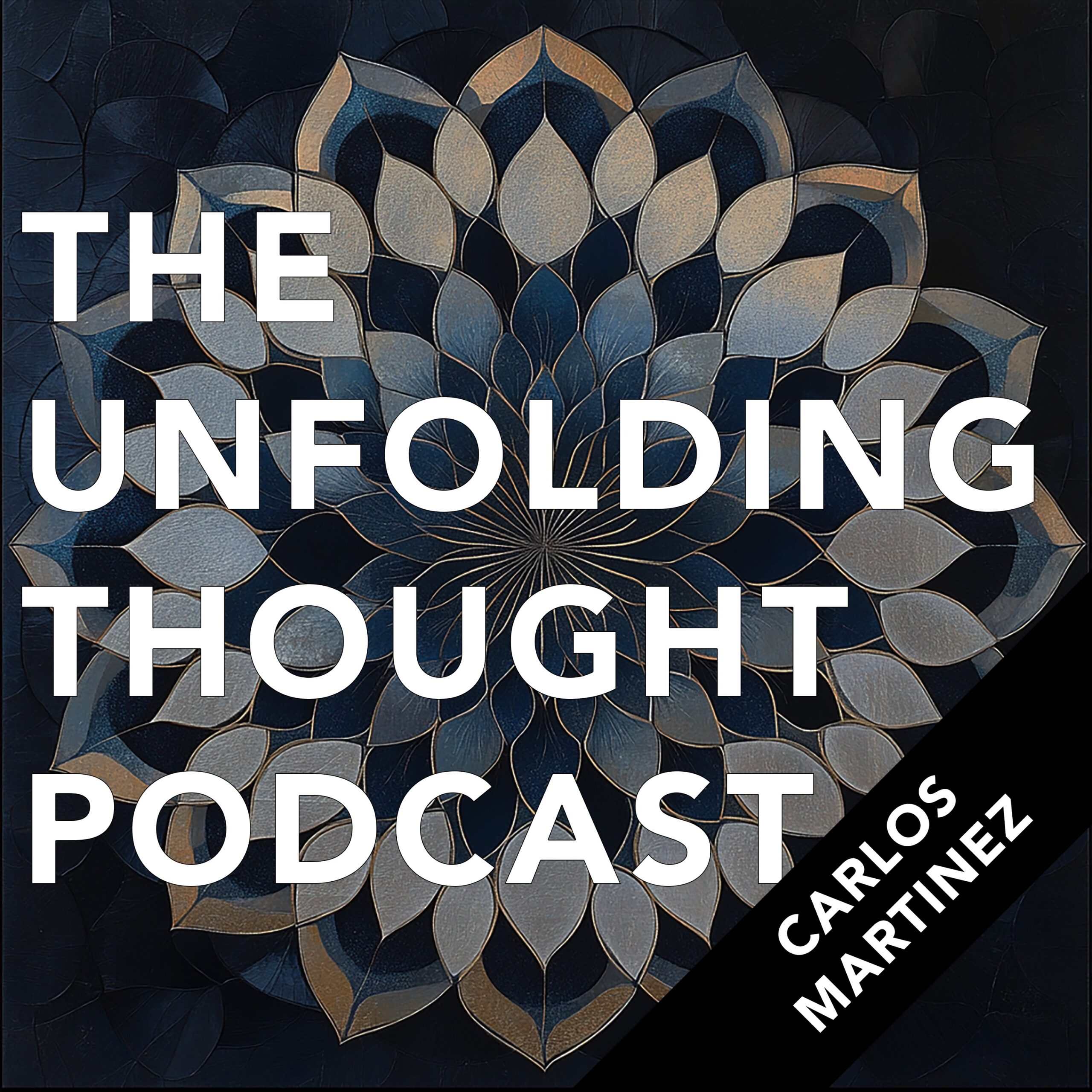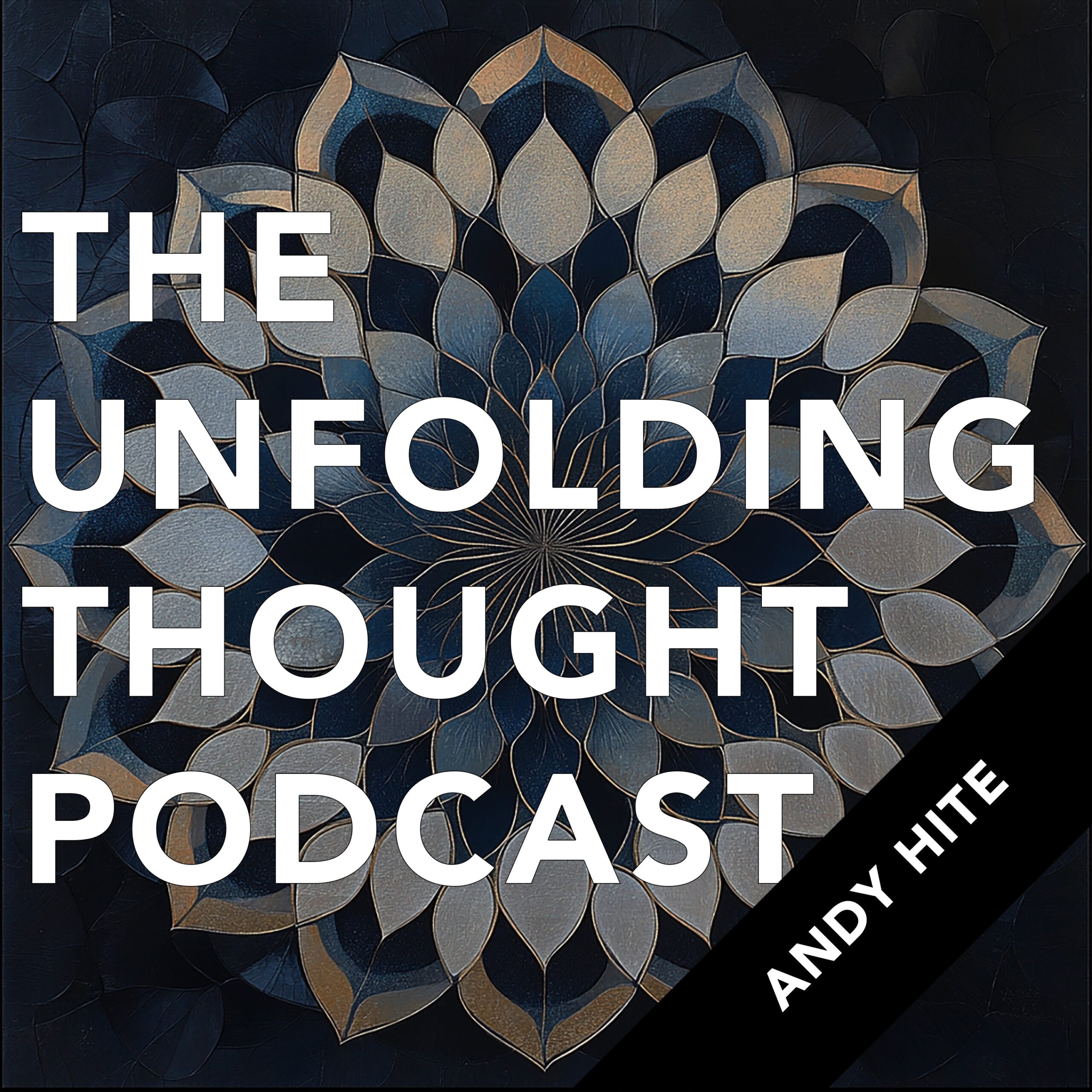In this episode of The Unfolding Thought Podcast, host Eric Pratum welcomes Lucas Mack—former morning TV reporter, creative agency founder, and head of brand for Kubota. Through personal stories of adversity and triumph, Lucas explains how telling the truth—both to yourself and to others—can become a powerful catalyst for transformation in business and life.
Topics Explored:
- Resilience Rooted in Hardship – Lucas shares how surviving a difficult childhood taught him not only grit but also the importance of authenticity.
- Finding the Real Story – From local news segments to advertising campaigns, Lucas shows how a deep dive into human motivations and emotions uncovers the hidden spark that inspires customers, employees, and entire organizations.
- Leading With Courage – Why surrounding yourself with humble yet bold people elevates team performance—and what it looks like to call out executive assumptions.
- Building a Next-Level Brand – Beyond “being number one in your category,” Lucas argues for building a brand that stands for something big—so big that profit becomes the byproduct, not the prime product.
- Truth as Freedom – Whether it’s refusing to settle for surface-level answers or owning your own story, Lucas reveals why naming the truth is the only way to break free from cultural constraints and unlock genuine innovation.
If you’re curious how bold honesty, personal resilience, and a well-defined ‘why’ can turn a brand—or any team—into a lasting success, Lucas’s insights will help you bring deeper authenticity to your own work.
Links:
- Lucas Mack’s website: https://lucasmack.com
- Connect with Lucas on LinkedIn: https://www.linkedin.com/in/lucasmack/
- Lucas Mack’s book: https://www.lucasmack.com/ebooks/everyone-has-a-plan-until-they-get-punched-in-the-face-by-lucas-mack
- Lucas’s TEDx talk (2019): https://www.lucasmack.com/lucas-mack-speaking
- Lucas Mack’s podcast: https://www.lucasmack.com/the-lucas-mack-show
- Mrs’ Baird’s bread: https://www.mrsbairds.com/products
- Joseph Campbell’s The Hero with a Thousand Faces: https://amzn.to/43NjVcV
- The Truman Show (film reference): https://www.imdb.com/title/tt0120382
For more episodes, visit: https://unfoldingthought.com
Join the conversation by emailing Eric at: eric@inboundandagile.com
